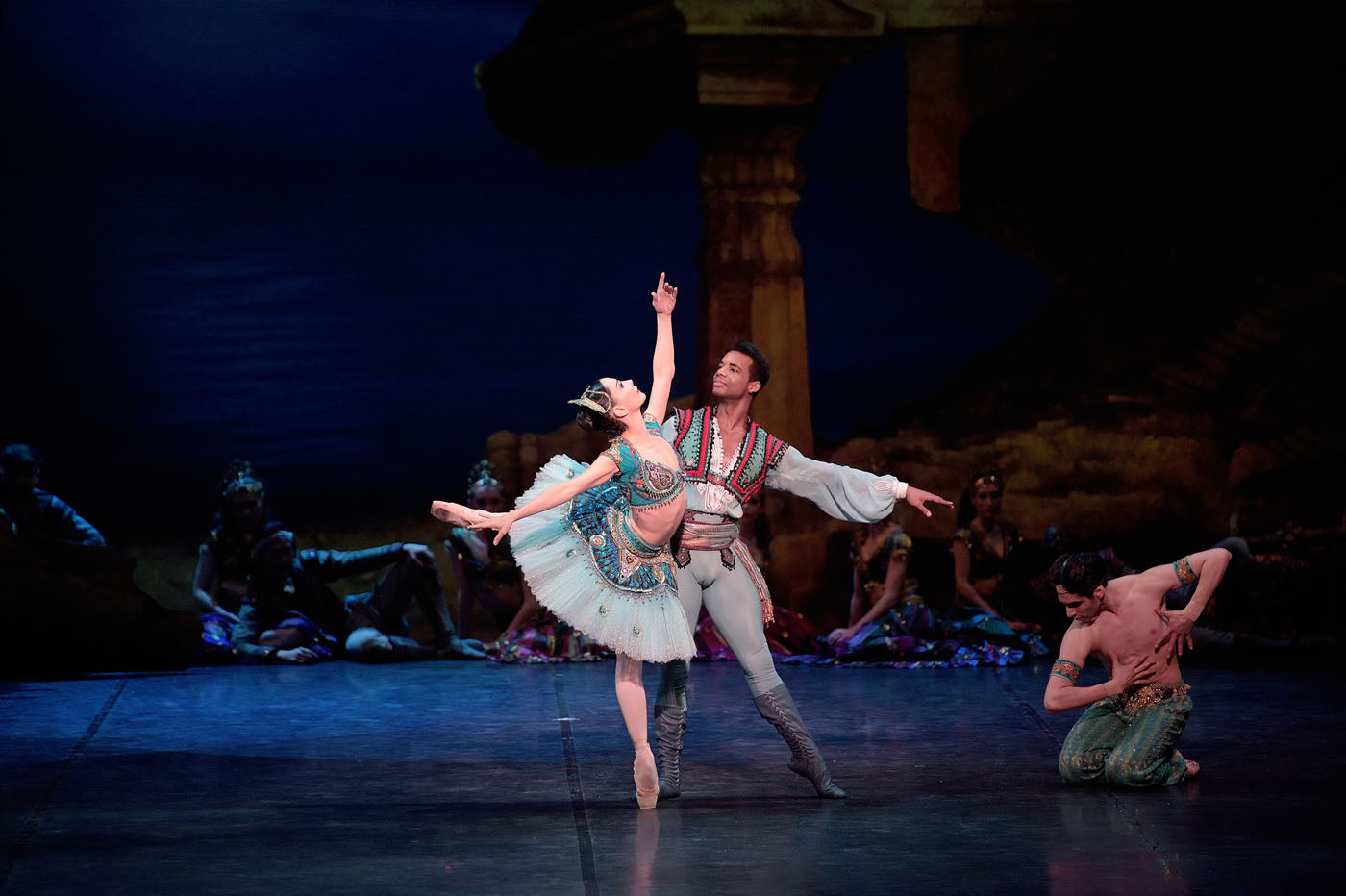Ryan Tomash Steps into a New Role
Back in October, New York City Ballet got a new cowboy. His arrival occurred in the final section of George Balanchine’s “Western Symphony.”
Continue Reading
World-class review of ballet and dance.
Although it was born in Paris (Vernoy de Saint-Georges/Mazilier, 1856), “Le Corsaire” is no prophet in its own land. Its lascivious oriental patterns could have been fashioned out by Nerval, Chateaubriand or Dumas' literary orientalism. Yet “Le Corsaire” was based on an eponymous poem by a hereditary frenemy's icon: the Englishman Lord Byron. In spite of its roaring success, in the upper spheres of the Second Empire, the exotic ballet soon started to sail away “over the glad waters of the dark blue sea,” thus falling into disuse at the Paris Opera.
Performance
Place
Words

Tamara Rojo and Osiel Gouneo in English National Ballet's “Le Corsaire.” Photograph by Laurent Liotardo


“Uncommonly intelligent, substantial coverage.”
Your weekly source for world-class dance reviews, interviews, articles, and more.
Already a paid subscriber? Login
Back in October, New York City Ballet got a new cowboy. His arrival occurred in the final section of George Balanchine’s “Western Symphony.”
Continue ReadingWhen Richard Move enters from stage left, his presence is already monumental. In a long-sleeved gown, a wig swept in a dramatic topknot, and his eyes lined in striking swoops, the artist presents himself in the likeness of Martha Graham—though standing at 6’4, he has more than a foot on the late modern dance pioneer.
Continue ReadingPerhaps not since Mikhail Fokine’s 1905 iconic “The Dying Swan” has there been as haunting a solo dance depiction of avian death as Aakash Odedra Company’s “Songs of the Bulbul” (2024).
Continue ReadingDance, at its best, captures nuance particularly well, allowing us to feel deeply and purely. In its wordlessness, it places a primal reliance on movement and embodied knowledge as communication all its own. It can speak directly from the body to the heart, bypassing the brain’s drive to “make sense of.”
Continue Reading
comments